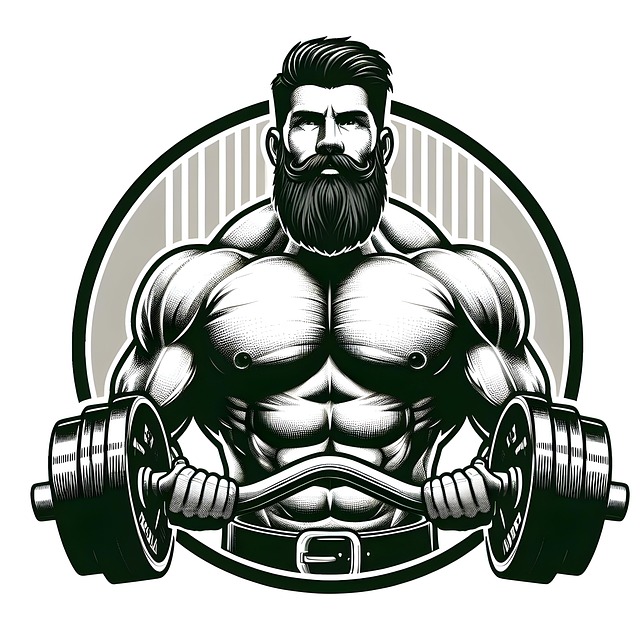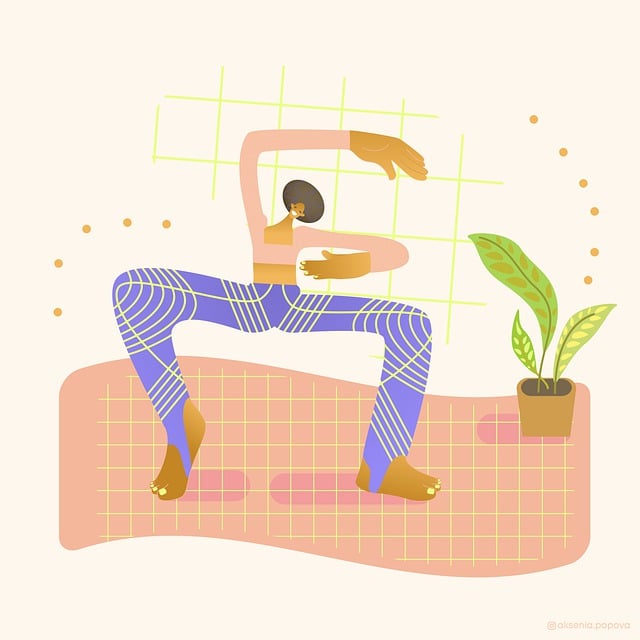This text explores pioneering therapies for joint pain alleviation, focusing on stem cell therapy and specifically PRP (Platelet-Rich Plasma) therapy. These advanced treatments harness the body's natural healing mechanisms to regenerate cartilage, offering a non-invasive alternative to traditional arthritis management. Compared to corticosteroids, NSAIDs, and surgery, PRP provides joint pain relief with minimal recovery time. Other highlighted options include physical therapy, chiropractic care, and regenerative medicine, each targeting inflammation and promoting natural healing for better joint health.
“Revolutionize your approach to managing arthritis and joint stiffness with innovative treatments that offer lasting relief. This comprehensive guide explores cutting-edge therapies transforming the landscape of joint pain management. From stem cell therapy’s potential in unlocking regeneration to PRP’s power and targeted physical therapy routines, these treatment options provide a symphony of solutions. Additionally, discover natural approaches like anti-inflammatory treatments and chiropractic care, highlighting the diverse tools available for a vibrant, pain-free life. Embrace these game-changing strategies and bid farewell to joint stiffness.”
- Stem Cell Therapy for Joint Pain: Unlocking Regeneration
- PRP Therapy: Harnessing the Power of Platelets
- Physical Therapy: Targeted Movements for Joint Relief
- Anti-Inflammatory Treatments and Chiropractic Care: Natural Approaches to Arthritis Management
Stem Cell Therapy for Joint Pain: Unlocking Regeneration

Stem cell therapy represents a promising frontier in the battle against joint pain and stiffness associated with arthritis. This innovative approach leverages the body’s inherent healing mechanisms by introducing specialized cells that can differentiate into various types of tissue, including cartilage. By targeting areas affected by damage or inflammation, stem cells have the potential to regenerate healthy joint structures, offering a potentially transformative solution for those seeking long-lasting relief from debilitating joint pain.
One such advanced therapy is Platelet-Rich Plasma (PRP) treatment, which utilizes a patient’s own blood to stimulate healing. PRP therapy enriches the body’s natural anti-inflammatory and regenerative capabilities, promoting tissue repair in joints affected by arthritis or other conditions causing stiffness. Combined with physical therapy and chiropractic care, stem cell treatments like PRP offer a comprehensive approach to managing joint pain, aiming to improve mobility and enhance the overall quality of life for patients suffering from arthritis and related joint disorders.
PRP Therapy: Harnessing the Power of Platelets

Platelet-Rich Plasma (PRP) Therapy is an innovative approach gaining traction in the field of joint pain management and arthritis treatment. This cutting-edge therapy leverages the power of the patient’s own blood to stimulate healing and regeneration in damaged joints. PRP therapy involves extracting a sample of the patient’s blood and then separating out the platelets, which are rich in growth factors and proteins essential for tissue repair. These concentrated platelets are then injected back into the affected joint areas, such as knees, hips, or shoulders, to promote anti-inflammatory effects and accelerate the healing process.
Compared to traditional physical therapy or chiropractic care for joint pain relief, PRP offers a unique advantage by harnessing the body’s natural ability to heal itself. It is considered an effective stem cell therapy for joint pain, as it provides targeted support to damaged cartilage and connective tissues. Many patients experiencing arthritis symptoms or joint stiffness find PRP therapy appealing due to its non-invasive nature and minimal recovery time compared to surgical options. This regenerative medicine approach has shown promise in reducing pain, improving joint mobility, and potentially slowing the progression of arthritis over time, making it a valuable tool in managing chronic joint conditions.
Physical Therapy: Targeted Movements for Joint Relief

Anti-Inflammatory Treatments and Chiropractic Care: Natural Approaches to Arthritis Management

Arthritis and joint stiffness can be effectively managed through a combination of natural therapies that focus on reducing inflammation and promoting regeneration. Anti-inflammatory treatments, such as corticosteroids and nonsteroidal anti-inflammatory drugs (NSAIDs), are commonly prescribed to alleviate pain and swelling. However, these medications often come with side effects, making it appealing to explore alternative options.
Chiropractic care has emerged as a popular choice among patients seeking relief from joint pain. Chiropractors use manual adjustments and manipulative techniques to correct spinal misalignments, reducing pressure on joints and promoting natural healing. Additionally, regenerative medicine therapies like stem cell therapy and Platelet-Rich Plasma (PRP) therapy have shown promise in treating arthritis. These innovative treatments encourage the body’s own repair mechanisms by injecting concentrated cells or growth factors into damaged joints, potentially leading to significant pain relief and improved joint function. Physical therapy is another crucial aspect, as it helps strengthen muscles around the joints, improve flexibility, and teach patients specific exercises to manage their condition effectively without relying heavily on medication.
Innovative therapies offer promising avenues for managing arthritis and joint stiffness, providing much-needed relief to patients. From stem cell therapy’s potential to regenerate damaged tissue to the targeted benefits of PRP and physical therapy, these treatments revolutionize arthritis management. Combining these advanced approaches with natural anti-inflammatory care and chiropractic adjustments offers a holistic strategy for alleviating joint pain and improving quality of life. By exploring these options, individuals can navigate their journey towards more comfortable, mobile lives.
